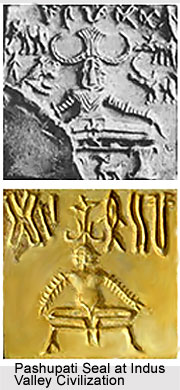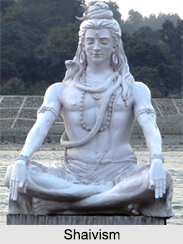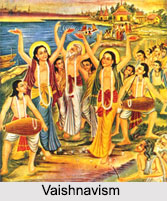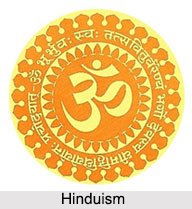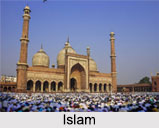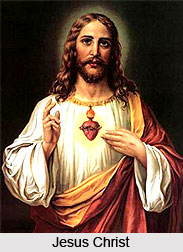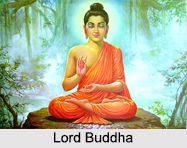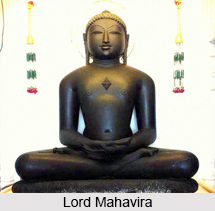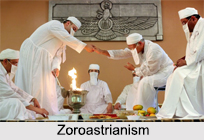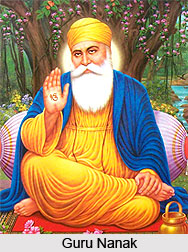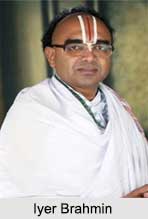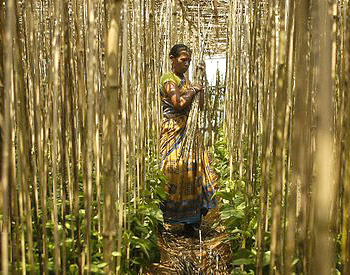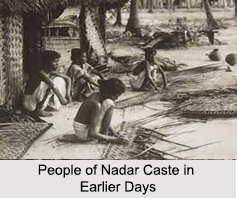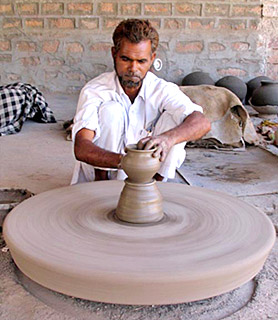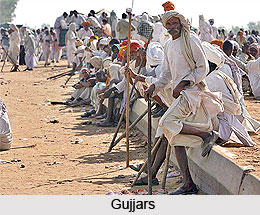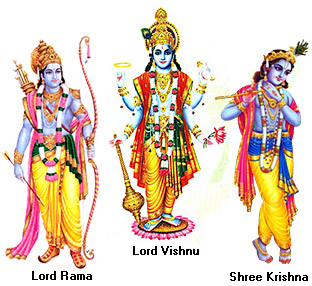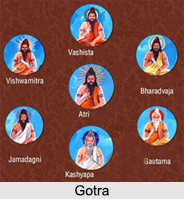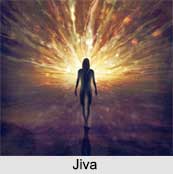 Jiva is the soul or the eternal spirit of the human being. This philosophy is mentioned in Hinduism and Jainism. The word, "jiva" is derived from the Sanskrit word "jivas" meaning to breathe that is to be alive. Jivas are understood as being eternal and infinite.
Jiva is the soul or the eternal spirit of the human being. This philosophy is mentioned in Hinduism and Jainism. The word, "jiva" is derived from the Sanskrit word "jivas" meaning to breathe that is to be alive. Jivas are understood as being eternal and infinite.
Concept of Jiva
The Jiva never dies and survive after the death. Jiva is like atma. On one hand atma refers to the self, but on the other jiva refers to a living being. When a living being dies, then jiva leaves that body and takes a new physical body depending on karma.
Nature of Jiva
The jivas are specific to the mortal world, just as the Gods are to the heaven and the demons to the demonic worlds. The Gods are pure beings, while the demons personify evil nature. Jivas are a mixture of both. In them all the three gunas are active. The jivas are also vulnerable to the influence of both good and evil. They may possess divine or demonic qualities or a mixture of both according to their predominant nature.
Goals of Jiva
Jiva is said to have three goals. First is the liberation from material existence, Moksha. Then is the Bhakti, obtaining pure love of God. The last goal is "Jivanmukta" which means becoming liberated from the happiness and distress of the world, while still being existent within it.
Types of Jiva
There are two types of Jiva, Namely;
1. Jiva-Atma - the individual soul, known as the living entity
2. Param-Atma - the Super-soul, known as the Supreme Lord, who resides in the hearts of all living entities as a witness.
The individual soul, deluded by material energy, tries to enjoy the activities of particular types of bodies offered by material nature, but the Super-soul is present not as finite enjoyer nor as one taking part in bodily activities, but as the witness and permission giver. He is present within to sanction the individual soul"s desires for material enjoyment.
The Bhagavata Gita affirms that "jiva" is unchallengeable, perpetual and indestructible. Jiva is not a substance of the Prakriti or the material world but of a higher "spiritual" nature.
